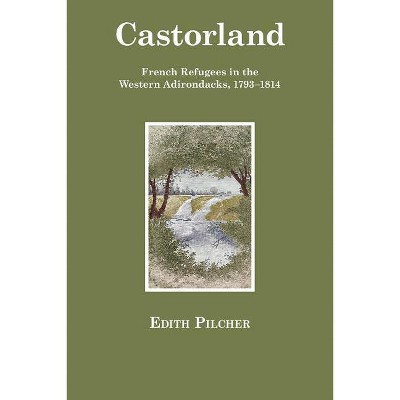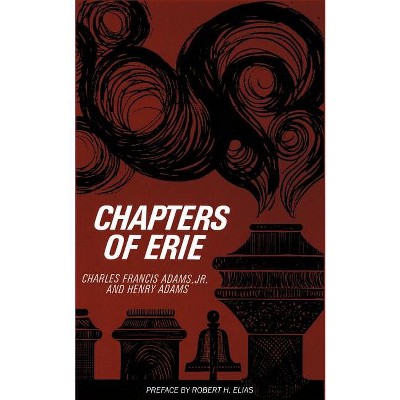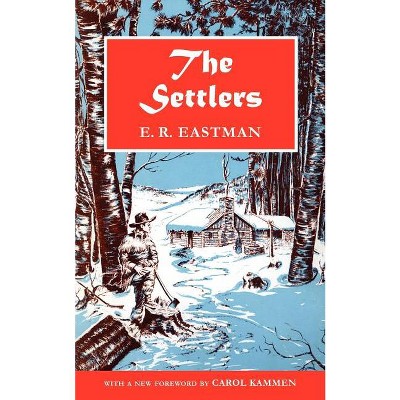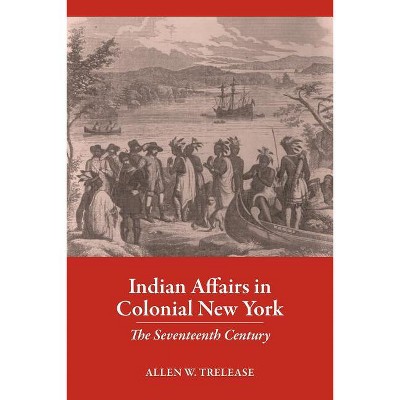Landlords and Farmers in the Hudson-Mohawk Region, 1790-1850 - by David Maldwyn Ellis (Paperback)

About this item
Highlights
- The transition from a predominantly self-sufficient economy to one primarily dependent on the market in the first half of the nineteenth century was to effect changes in the United States fully as far-reaching if not as spectacular as those accompanying the industrial revolution.
- About the Author: David Maldwyn Ellis was Professor of History at Hamilton College.
- 362 Pages
- History, United States
Description
About the Book
The transition from a predominantly self-sufficient economy to one primarily dependent on the market in the first half of the nineteenth century was to effect changes in the United States fully as far-reaching if not as spectacular as those accompanying the industrial revolution. Farming as a way of life was yielding place to the concept of...Book Synopsis
The transition from a predominantly self-sufficient economy to one primarily dependent on the market in the first half of the nineteenth century was to effect changes in the United States fully as far-reaching if not as spectacular as those accompanying the industrial revolution. Farming as a way of life was yielding place to the concept of farming as a means of profit. Few farmers in the country felt the impact of these revolutionary forces more directly than those of eastern New York State. Indeed, discontent over these changes contributed to the violent Anti-Rent War (1839-1846) centered in the Catskills.
How New York farmers met these challenges is the central theme of Landlords and Farmers in the Hudson-Mohawk Region, 1790-1850. Focusing on twenty-one counties in eastern New York, David Maldwyn Ellis describes the process of settlement, the growth of population, and the characteristics of pioneer agriculture; traces the rapid shifts from grain culture to sheep raising and dairying; and points out the variety of individual and local adjustments caused by differences in soil, topography, accessibility to market, cultural legacies, and individual enterprise. Ellis also contrasts the forces leading to rural decline with the beginnings of scientific husbandry and agricultural education; evaluates the role of roads, canals, and railroads, and outlines the land pattern and the effect of leasehold upon the region's agrarian development.
In short, this classic work of American agricultural history and the history of New York State--originally published by Cornell in 1946--chronicles the transformation of the pioneer farmer into the dairyman.
Review Quotes
Ellis has well chosen the Hudson, the Mohawk, and their tributaries for a study of agriculture in one of its periods of intensive development in the state of New York. In the years under study, 1790-1850, every kind of agriculture was prospering in the twenty-one counties studied. It was in these years that waterways, turnpikes, and railways were being built so that the products of farms could be readily sold in city markets.... Much new information is presented in a fresh and pleasant way.... The book is well written, well edited, and the index and bibliography are excellent.
-- "American Historical Review"About the Author
David Maldwyn Ellis was Professor of History at Hamilton College. His other books include New York: State and City, also available from Cornell.
Shipping details
Return details
Trending History











